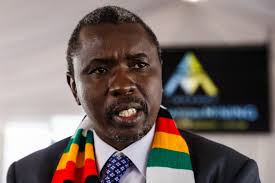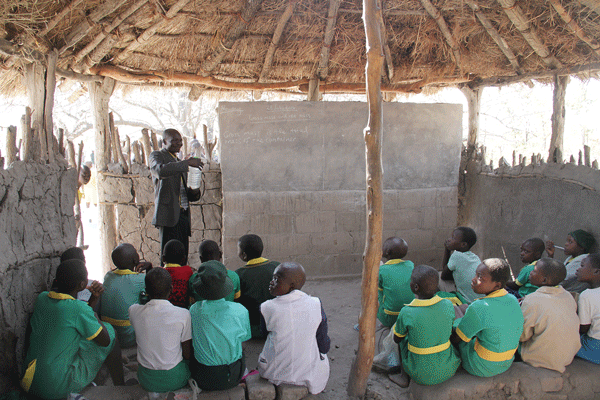By Staff Reporter
Harare – Zimbabwe’s working class is set to endure another challenging year as Finance Minister Mthuli Ncube’s 2025 National Budget pegs the income tax-free threshold at a mere US$103, a figure far below the country’s rising cost of living.
Already grappling with low wages that fall significantly below the Poverty Datum Line (PDL), many workers now face deeper financial strain.
Official trade union data shows that a significant number of employees earn salaries that barely exceed US$200 per month, leaving little room for basic survival.
The Reserve Bank of Zimbabwe’s recent devaluation of the local currency by 43% has further eroded the purchasing power of workers, compounding their struggles.
A report by research and stockbroking firm IH Securities recently revealed that working poverty in Zimbabwe has surged to 35.3%.
This means more than a third of employed individuals are unable to meet basic needs despite holding full-time or part-time jobs.
The International Labour Organisation (ILO) defines working poverty as earning below the poverty line while still requiring income-related welfare support.
However, in his 2025 budget presentation on Thursday, Ncube appeared indifferent to these challenges.
While acknowledging the impact of macroeconomic instability on local currency incomes, he proposed a tax-free threshold of just ZiG2,800, equivalent to US$103 at the official exchange rate.
“Mr Speaker Sir, current legislation exempts the first US$100 income earned by employees, hence, any subsequent income is taxed at rates ranging from 20%, up to a marginal income tax rate of 40% for incomes above US$3 000 per month,” said Ncube.
He added, ““The equivalent exempt portion in local currency and the tax bands thereof have, however, been affected by the recent macroeconomic developments, hence, the need to provide relief to taxpayers.”
““In view of the above, I propose to review the local currency tax-free threshold to ZiG2 800 per month and accordingly adjust the tax bands as follows, with effect from 1 January 2025,” he said.
Under the new structure, incomes between ZiG2,801 and ZiG8,400 will be taxed at 20%, while a maximum rate of 40% will apply to incomes exceeding ZiG84,000.
Critics argue that the measures fall short of addressing the harsh realities faced by Zimbabwe’s labor force, many of whom are already struggling to make ends meet.
With no meaningful adjustments to align wages with inflation and the PDL, the outlook for 2025 appears grim for the working poor.




